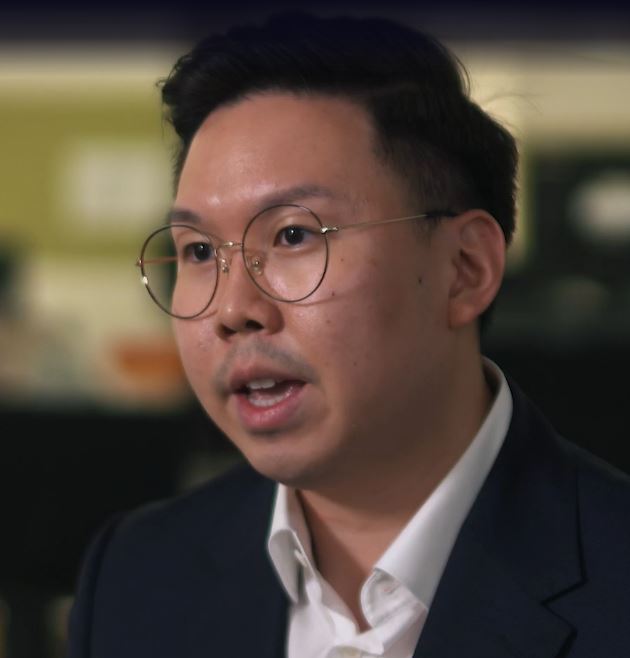This content was correct at the time of publication and is no longer being updated.
In this podcast, Catherine Yeung, Investment Director, and Marty Dropkin, Head of Asian Fixed Income & Hong Kong Investments, are joined by Fixed Income Portfolio Manager Belinda Liao and Equity Analyst & Portfolio Manager Terence Tsai to discuss how China is navigating through these supply chain disruptions.
With additional contributions from Charvi Pandey, Equity Analyst, and Ben Li, Equity Analyst & Portfolio Manager.
To read more about China and supply chains, please read the accompanying written article: Re-globalisation in the age of Asia's supply chain crunch
Ways to listen:
- Search 'The Investor's Guide to China' on your favourite podcast app
- Click here to listen in iTunes
- Click here to listen to the podcast via the web
- Click here for this and all past episodes of The Investor's Guide to China
Highlights
Introduction to China’s supply chain disruptions
Marty Dropkin: “At the beginning of March, we actually surveyed Fidelity's analysts about the main reasons for supply chain disruptions at their companies. COVID came out on top with over 70% of our analysts listing it as the main culprit. In the weeks since, as the war in Ukraine has dragged on and supply chain bottlenecks continue, those analysts have reported an even greater concern over rising costs and deteriorating sentiment."
Catherine Yeung: “So true, Marty. And since China and Asia are so central to supply chains for really just about everything, the regional impacts are amplified globally. Now, in this podcast, we'll be speaking to analysts and portfolio managers at Fidelity who cover some of the hardest hit industries: shipping, apparel making and semiconductor manufacturers.”
Marty Dropkin: “Supply chain disruption also feeds directly into inflation. Commodity and consumer prices are soaring in the U.S., inflation is rising at the fastest pace we've seen in four decades, policymakers, including the Fed, have started to hike rates. But there are questions about whether they are doing too little, too late or risk doing too much, too soon as the year unfolds.”
On the structural reasons for congestion in the shipping industry
Charvi Pandey: “The structural reasons for the congestion, and that is more of a Western issue rather than an Asian issue, is the infrastructure of port infrastructure and the logistics infrastructure. Because these ports are very old, they haven't been able to upgrade with time. As a result of which, they are not as automated as, let's say, Asian counterparts, and they are unionised because of which the deterrence to automating is also very high. So, there has been underinvestment. And the last aspect is upsizing of ships. If you will look at the container shipping industry, you will see that ships have been becoming bigger and bigger over time, as a result of which, I mean, if I give you an example, last year we saw the Evergreen Ship blocking the Suez Canal for a very long period of time because it was such a large container ship. This is just one example of how infrastructure, if it doesn't keep pace with equipment, it just breaks down somewhere.”
On why inflation is a bigger issue in the West
Belinda Liao: “I believe there's three reasons to why inflation risk is lower in Asia. So, first, the domestic demand is weaker in Asia in general, and second is the supply chain disruption is less severe in Asia because of close proximity to suppliers, and also Asia is more self-sufficient in some major commodity: oil and energies. And third, I think that's most important is that a lot of energy producer or upstream commodity producers in Asia, in China, or I would say in most part of Southeast Asia is SOEs, sovereign-owned enterprises. So, the government has better control over price setting, especially for those very essential commodity or energy. So, that's why we see inflation is less of a shock in Asia than in the West.”
On the supply chain disruption issues experienced by Shenzhou International Group Holdings Limited
Ben Li: “I can give you an example of Shenzhou, which is an apparel OEM manufacturer. And, also, they are one of the largest suppliers to the top sportswear brands globally. So, they've had a really tough year last year, mainly due to COVID. The company has operations in three countries, their China headquarters, which is in Ningbo, and then Cambodia and Vietnam. Last year, they had to shut down their Cambodian plant for one month in the first half due to COVID, and then the Vietnam plant for three months in the second half. China plant was then suspended for three weeks in January this year, and a three month delay in Vietnam was particularly painful because when they were finally able to resume production, there was a big cut and price increase and also forex changes. So, their cost base rose a lot during this time, but their pricing was already agreed upon from the previous quarter. And, also, to make things worse, they had to move some production back to their headquarter in Ningbo, which has obviously higher production costs. So, all of these led to a very big margin contraction and earnings decline year over year last year, which was the first time in history since the company’s public listing.”
On how semiconductor manufacturers are navigating through these supply chain disruptions
Terence Tsai: “I think for these semiconductor players, cyclicality is not something new. That's something they expect and they have a good track record of navigating these cyclicality’s. I think the current pain point, which is a challenge, is the lockdown in China, where a lot of the component assembly are done. So, and it also exposes certain niche areas that are pretty obscure that we don't typically think about. For example, with neon gas that is which you have about a third of that supply coming out from Ukraine, that is potentially going to be disrupted depending on how long the war lasts. But the good news is, companies such as the Korean semiconductor players, they sense that the Japan geopolitical tensions, they have been building up, they have been more sensitive on their supply chain resilience and they've been building up a lot of stock. Companies have also switched from a just in time supply chain management system where they kind of take advantage and take for granted the global supply chain to a more just in case. You're seeing inventories start to build up, you're seeing them becoming more concerned with component shortages. So, that's just a few examples of how the semiconductor players are navigating this."














































